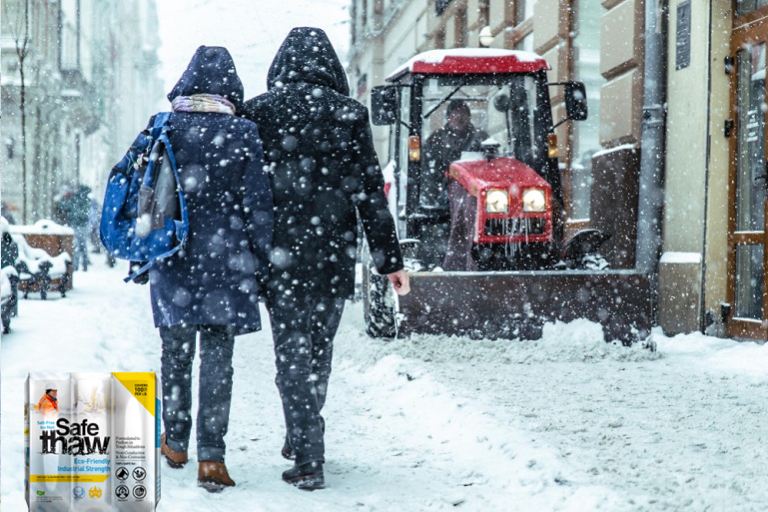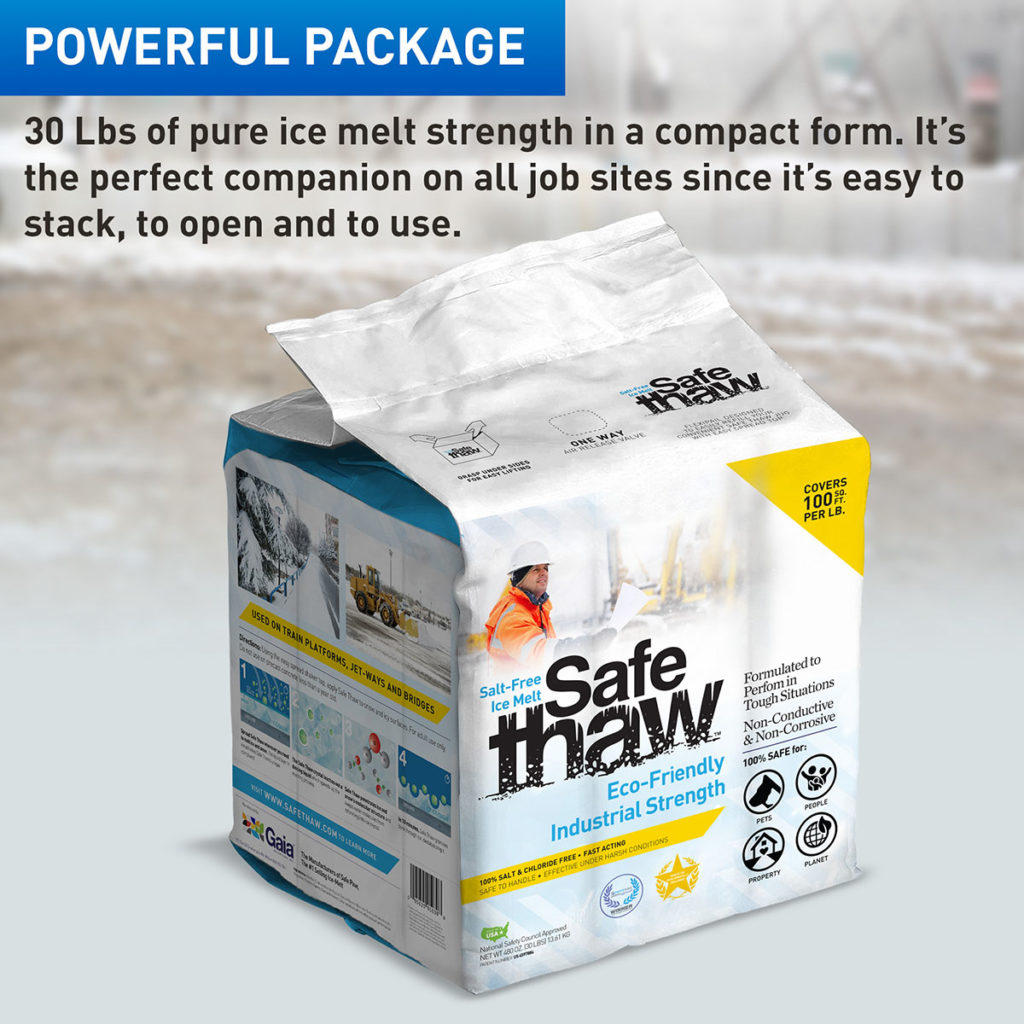How To Protect Your Newly Laid Concrete Driveway From Visitors

Wondering how to make ice melt quickly is as important a question as how to protect your newly laid driveway. But the difference lies in knowing how to keep your driveway protected through the winter season. We often ignore the driveway or pavement cracks, which pose a problem when winters arrive. The surface becomes rugged, making walking and parking your vehicle difficult.
While several products can protect your concrete driveway, we are in a fix asking ourselves if ice melt damage concrete repair. When protecting your concrete surfaces, it is best to use natural ingredients that do not harm the environment or your driveway. One such product, Safe Thaw, was developed, keeping these concerns in mind. Safe Thaw is a patented urea-modified product containing ice-melting boosters that immediately work on icy surfaces. It comprises unique glycols and special surfactants that protect concrete from any damage.

Safe Thaw
Safe Thaw was created as the ice management solution for tough winter environments. Ideal in commercial and industrial properties, shops, government agencies, bridges, and construction.
But before you decide on your product, learn a few quick ways to protect your newly laid driveway from damage.
Timing
Some argue that summer is the best season to repair concrete, but there may be other seasons. Concrete dries immediately upon spreading, and if we do not keep it hydrated long enough, it may dry up quicker than expected. You must install or repair your concrete during the fall season when the temperature is neither too hot nor too cold. You can water the concrete in short intervals and strengthen the curing process. The concrete surface will not develop cracks either.
Curing
Once you have laid your new concrete, you must keep your vehicles and footfall to a minimum. It is best to hydrate the concrete surface and avoid walking on it immediately. It takes at least two weeks for the concrete to settle and cure fully. If the water evaporates too quickly, it will weaken the concrete and cause cracks. Keep the concrete covered with a tarpaulin sheet and spray water on it at least five times daily to help it settle well.
Signboards
Put signboards to inform visitors that the concrete is new and barricade it. Create an alternative pathway for them and you to enter the house. Avoid parking on newly laid concrete for a couple of days to help it strengthen better, or you may have small cracks appearing on the concrete.
100% salt & chloride-free, fast acting Ice Management Solution
Conclusion
While we are worried about how to make ice melt quickly on a newly laid concrete surface, we should pay attention to small details like stepping on it and driving on it before applying the ice melt. We must take the precaution of using natural ice melt products, such as Safe Thaw, to ensure that your newly laid concrete does not react to the ice melt. Ice melt damage concrete repair because you may have needed to give it more time to cure or may not have watered it adequately when it was being laid down.
Take proper steps to ensure your concrete is safe for the rest of the season by applying the quick remedies mentioned above.
Try Also Our Other Winter Safety Products:
Safe Paw
The Original and #1 Selling Pet and Child Safe Ice Melt for over 20 years. Guaranteed environmentally safe –It won’t harm animals or children, and it won’t damage your property. That’s Safe Paw. Safe Paw can change how winter affects our planet.

Walk On Ice
The handy disposable canister can be taken everywhere, with the same 100% naturally occurring minerals that provide instant traction on ice or snow. Use it on sidewalks, steps, or as an instant traction agent for your car.



